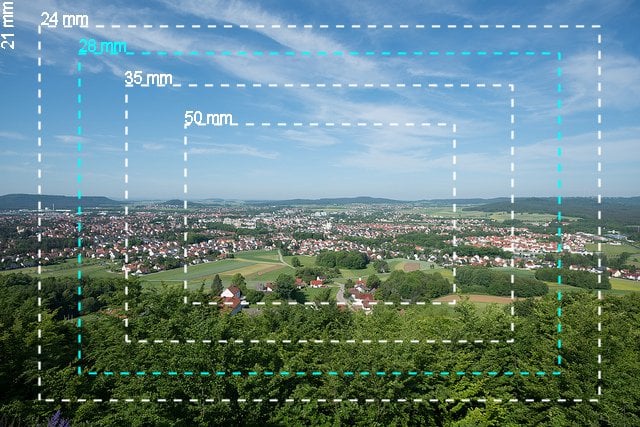Why are you trying to derail this thread with junk lenses from 10 years ago?
I'll shorten this to match your attention span: Lately, as in, within the last 10 years, up to just last year, Sigma has been making a lot of heavy lenses.
Their 24-105 is 1/3 heavier than Sony's.
Their 12-24 is twice the weight of Sony's.
These DN lenses I mentioned (which were released less than 7 years ago) just added weight to existing lenses.
That 70-200/2.8, which is the heaviest in its class, was released about a year ago.
Sigma has a habit and reputation of releasing heavy lenses, so people assume a new lens from them is also heavy.





